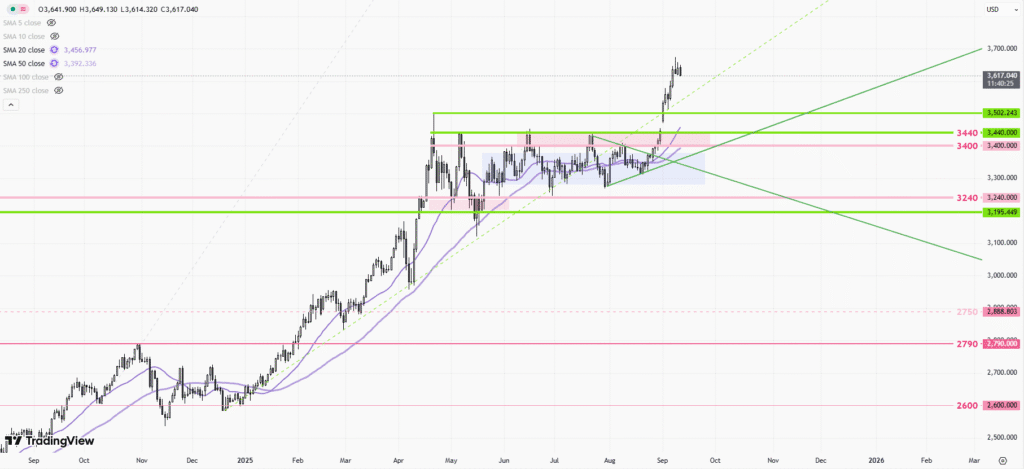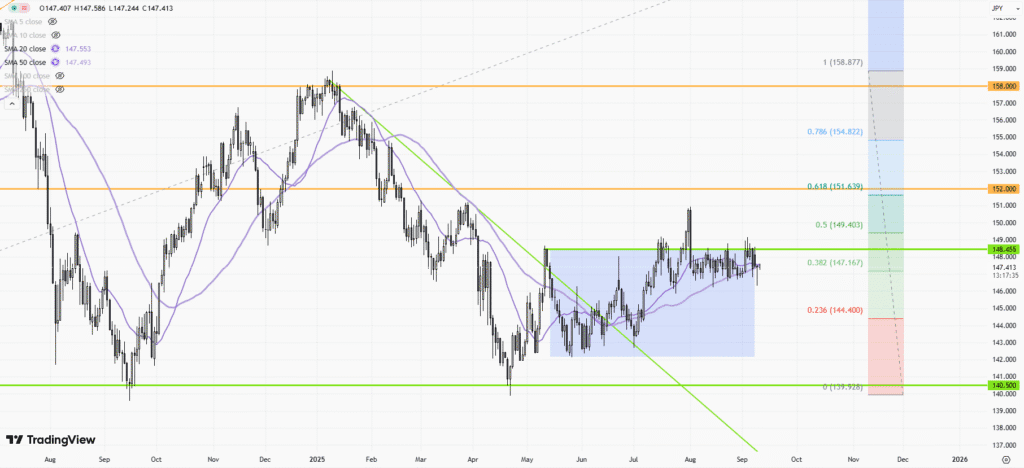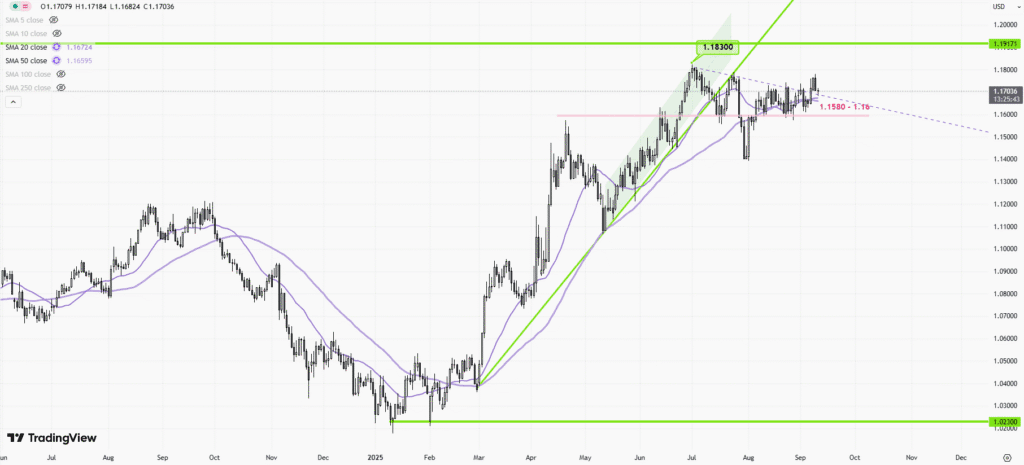 |
| Gold V.1.3.1 signal Telegram Channel (English) |

Stock Market Update: How the China Tariff Suspension and Inflation Data Shape Investment Strategies in August 2025
2025-08-12 @ 18:00
Stocks wavered on Tuesday as investors digested fresh trade headlines and weighed the path ahead for interest rates and earnings. The major indexes swung between small gains and losses, with the Dow, S&P 500, and Nasdaq drifting as traders reacted to news that the White House would extend the suspension of certain China tariffs, while keeping a close eye on inflation data and corporate results for clues about the economic outlook.
The headline driver was the reported extension of the China tariff suspension, adding another 90 days to the current pause. Markets initially interpreted the move as a modest de-escalation that reduces near-term risk of a re-acceleration in U.S.-China trade tensions. For equities, that eases one potential overhang heading into the fall, particularly for sectors with significant China exposure, such as semiconductors, consumer electronics, autos, and luxury goods. Still, the muted reaction suggests investors see the extension as a bridge rather than a breakthrough—valuable for sentiment but not yet a catalyst for multiple expansion.
Beneath the surface, the market remains highly data-dependent. With inflation readings due later this week, traders are calibrating expectations for the Federal Reserve’s next moves. Treasury yields edged around recent ranges, keeping pressure on rate-sensitive pockets like utilities and parts of real estate, while offering a partial tailwind to financials. If inflation continues to cool, rate-cut hopes could firm into year-end, supporting valuation-sensitive growth stocks. Conversely, any upside surprise would likely revive concerns about sticky price pressures and reprice the path of policy easing.
Earnings season is in its later innings, but guidance has taken on outsized importance. Companies with resilient margins and credible cost controls are being rewarded, while those signaling slower demand or rising input costs are seeing sharper drawdowns than earlier in the year. Tech leadership remains intact but narrower, with investors more discerning on AI-linked names—favoring firms with near-term monetization over purely thematic exposure. In cyclicals, management commentary on inventories, pricing power, and China demand remains a key tell for the second half.
For portfolio strategy, the day’s crosscurrents reinforce a few themes:
– Prefer balance over bold bets. Mixed macro signals and headline risk argue for diversification across growth and value, with an eye on quality balance sheets and consistent free cash flow.
– Watch global exposure. The tariff suspension extension reduces immediate tail risk for multinationals, but geopolitical and policy uncertainty persists. Hedging currency and supply-chain sensitivities remains prudent.
– Focus on earnings durability. Companies demonstrating stable demand elasticity, disciplined capital allocation, and operational efficiency are better positioned if growth cools or rates stay higher for longer.
– Keep an eye on breadth. If rallies remain concentrated, any disappointment in megacap tech could amplify volatility. Improving participation from mid-caps and cyclicals would be a constructive sign.
Short-term, the market’s tone feels like a holding pattern: constructive but cautious. Lower immediate trade friction is a positive, but investors want confirmation from inflation data and corporate guidance that supports the soft-landing narrative. That sets up a binary feel to the next data prints—particularly core inflation and labor indicators—which could either validate the current range or force a reset in rate expectations.
Key sectors to watch:
– Semiconductors and hardware: sensitive to both China headlines and capex signals; any improvement in export clarity or demand visibility could unlock upside.
– Consumer discretionary: tariff relief helps at the margin, but real wage growth and credit conditions will drive spending into the holiday season.
– Financials: stable-to-falling yields and a firm economy support net interest margins and credit quality; loan growth commentary remains pivotal.
– Energy and industrials: tied to global growth and policy; constructive if manufacturing PMIs stabilize and inventory trends normalize.
Bottom line: The tariff suspension extension trims one tail risk but doesn’t rewrite the macro story. Markets are waiting on data to decide whether the next leg is higher on easing inflation and steady growth—or choppier if price pressures prove sticky. In the meantime, reward is skewed toward quality, earnings visibility, and measured risk-taking.








